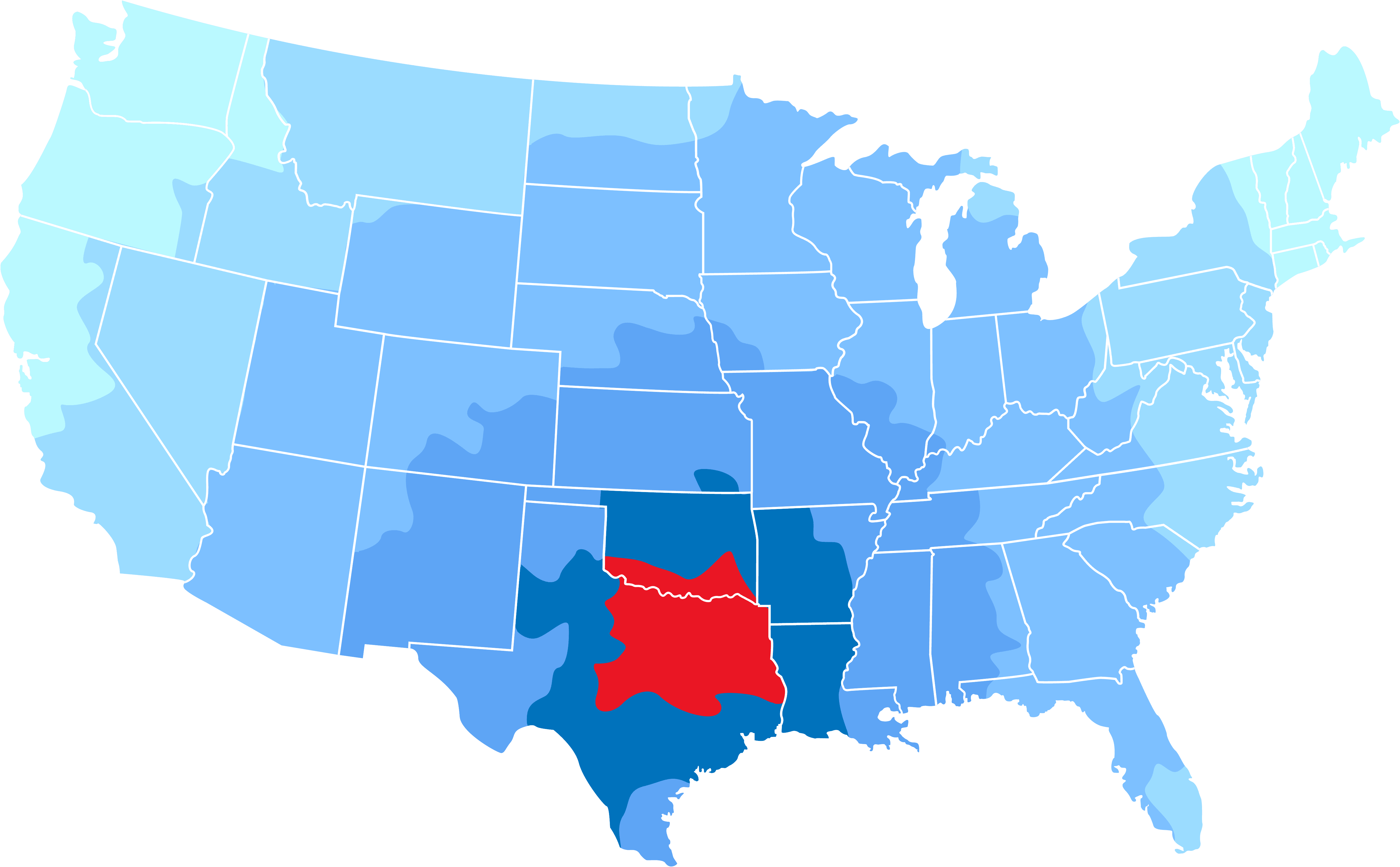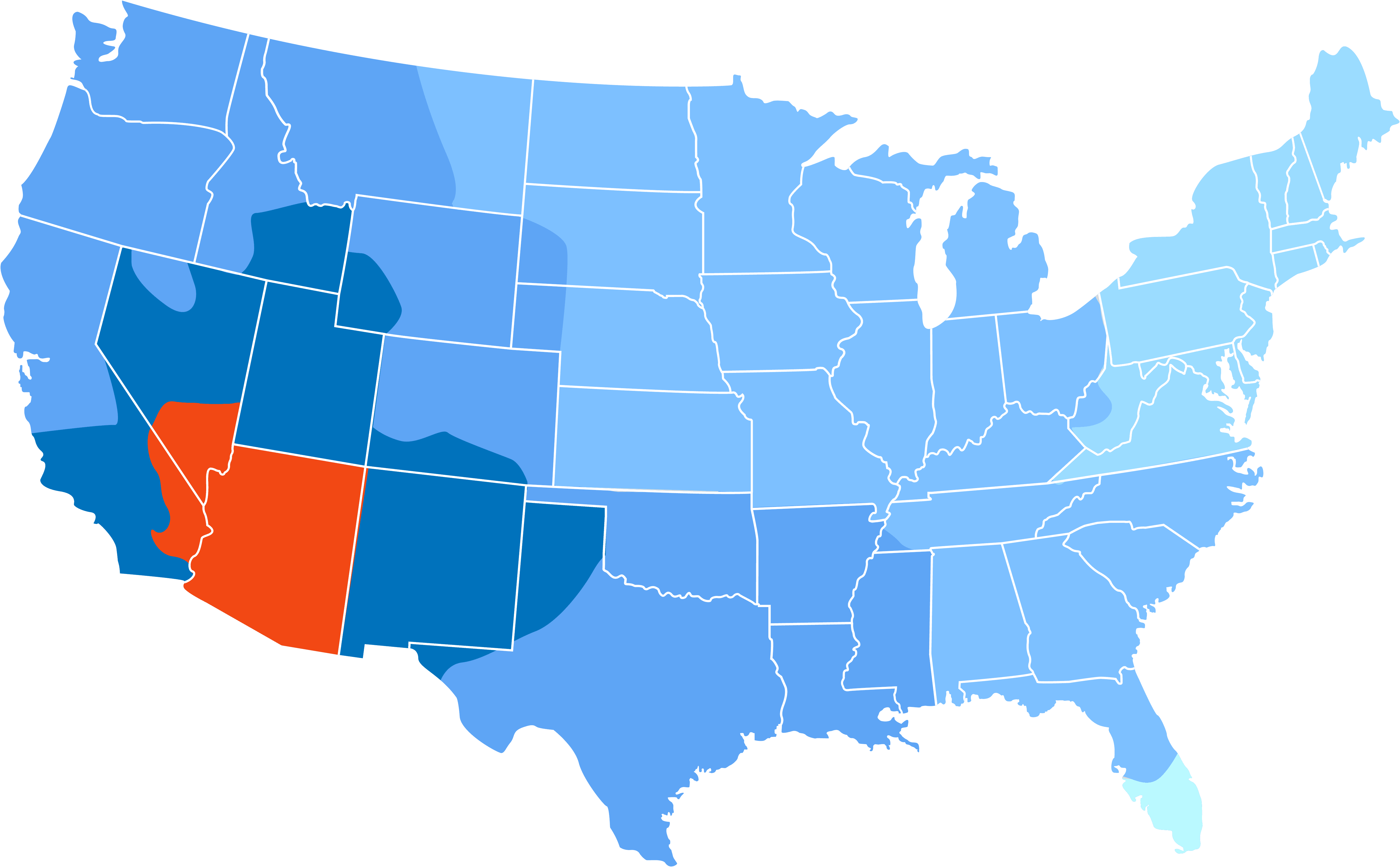Managing inventory requires having enough products to meet demand without carrying too much stock in your warehouse. Figuring out if your company sells and replenishes stock efficiently relies on calculating your inventory turnover ratios.
Your company sells products throughout the year at varying amounts. During sales periods, your warehouse fills more orders, while off-peak seasons force inventory to sit on shelves longer. If your company purchases inventory at the same rates during both periods, you may not have a stellar inventory turnover ratio.
Inventory turnover ratio is a calculation that provides a snapshot of your warehouse operational performance based on cost management and order fulfillment processes. Obtaining a good inventory turnover ratio means that your company successfully purchases and fills orders at an acceptable rate while keeping warehouse carrying costs at manageable levels.
Companies want an ideal inventory turnover ratio based on how many times they make purchases throughout the year. A low turnover ratio may indicate that product inventory sits too long on shelves without going out as orders, increasing warehouse management costs due to excess products.
A high turnover ratio indicates that your company is selling products at a good pace and replenishing stock without having excess products. However, too high of a turnover rate may also indicate that your company cannot keep up with demand or replenish warehouse stock fast enough. This problem may lead to constant backorders and out-of-stocks.
HOW TO CALCULATE INVENTORY TURNOVER RATE
Your company could use two methods to calculate inventory turnover ratios: by turnover costs or by turnover units.
INVENTORY TURNOVER COSTS
The inventory turnover cost method allows you to figure out the ratio based on the cost of goods sold (COGS) over a specific accounting period, divided by the value of the inventory during the same time frame.
To start the calculation, first, figure out the average inventory value. Take how much the inventory’s value was at the beginning of the accounting period and add it to the inventory’s value at the end of the same period. Then, divide this number by two. The formula may look like this:
(Beginning inventory value + Ending inventory value) / 2 = Average inventory value
Next, you would calculate the turnover rate by dividing the COGS by the average inventory value:
COGS / Average inventory value = Inventory turnover ratio
For a company that sold $100,000 COGS in a quarter with an average inventory value of $25,000 during that same quarter, the inventory turnover ratio would be four.
$100,000 / $25,000 = 4
Inventory Turnover Units
The inventory turnover unit method helps you to figure out your turnover ratio by taking the number of units that have filled orders divided by the number of units currently sitting on warehouse shelves during the specific period. The formula looks like this:
Number of sold units / Average number of units on-hand = Inventory turnover ratio
The time frame you decide for your calculation may vary. You may decide to calculate over a week, month, quarter or year. So, if your company sold 4,000 units during the year and had 800 units of inventory on hand, then the inventory turnover ratio would be five.
4,000 / 800 = 5
IDEAL TURNOVER RATIO
Most companies strive for an average inventory turnover ratio of two to four. These rates indicate that your company restocks inventory efficiently to meet customer orders without storing excess products for long periods of time.
A ratio of one may show that your company stocks too many units without enough sales orders. A higher inventory ratio of five or more could indicate that your company meets order demands and replenishes stock quickly. However, the high ratio may also indicate that your company fails to purchase enough products to keep pace with orders, requiring you to constantly order more inventory in shorter periods of time.
Keep in mind that certain industries may still have strong and efficient operations while having low or high inventory turnover ratios. For instance, automobile, airline, and heavy equipment manufacturers may have low inventory rates, yet their products generate high sales margins. Alternatively, grocery stores may have enormously high turnover rates, but customers tend to purchase their high-demand products at fast rates.
IMPROVING INVENTORY TURNOVER RATIOS
To improve inventory turnover, your company could invest in various solutions to increase operational efficiencies. By performing inventory turnover analysis, you may find process gaps and be able to address them quickly. To improve your turnover ratio:
- Focus on improving customer demand forecasting so that you can order the right products in the right amounts for the appropriate sales window
- Enhance marketing strategies to boost sales outcomes
- Align procurement schedules based on customer demand to reduce excess inventory costs
- Eliminate old stock or resell excess stock to lower warehouse management costs and increase sales
WSI INVENTORY MANAGEMENT SYSTEM
As a leader in the industry, WSI offers comprehensive and real-time warehouse inventory management services to help streamline your supply chain operations. Our management systems provide greater product visibility and customized reports, allowing you to make the best decisions to successfully manage your inventory and control costs. Find out more about our warehouse management system and contact WSI today.









